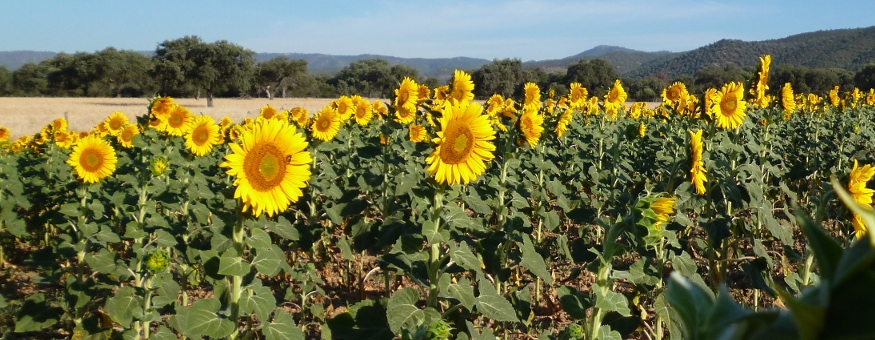This project aims to encourage the progressive establishment of sustainable agricultural techniques (CA and PA), contributing to GHG emission decreases and the adaptation of the agricultural system to the new climate conditionants found in global warming. Also, making available to European and National authorities sufficient knowledge about these practices could serve to set up environment policies in the agricultural domain, with the two-fold reducing and adapting intention indicated in the European Commission Communications COM (2007) 2 final `Limiting Global Climate Change to 2 Degree Celsious – The way ahead for 2020 and beyond´ and COM (2007) 354 final, Green Paper `Adapting to climate change in Europe-options for EU action´and in Article 3.4 of the Kyoto Protocol on changes in agricultural soil uses.
Conservation Agriculture (CA), based on a total or partial reduction of in-field ploughing tasks, keeping a protective plant cover on the soil, and Precision Agriculture (PA), in which there is a more efficient use of inputs by reducing the overlaps between the different machine passes and site-specific variable distribution techniques, constitute a set of sustainable agricultural techniques, which, through energy-saving and the sink effect of atmospheric carbon, contribute to a notable reduction in atmospheric greenhouse gas (GHG) concentrations, this being reinforced by the synergies produced by their joint use. Promoting their dissemination and demonstration will significantly aid the EU to fulfill its objectives to reduce GHGs and increase energy efficiency, both by 20%, by the year 2020.
The benefits of CA in relation to stopping erosion, fighting against desertification and improving air and water quality, have been widely demonstrated in many research works. The advantages of CA and PA techniques for climate change mitigation and energy saving and efficiency have been the theme of many investigations made in the EU and elsewhere in the world. Some related to climate change are, in Spain, those by Ordoñez et al (2008) and Álvaro-Fuentes et al (2007), and in the U.S., by Reicosky (1997) and Lal (2007). Some have related CO2 emission diminution to the increase in the organic matter content produced in soils under CA cultivation (Tebruegge, 2001). The energy savings achieved both in CA and PA, mainly derived from an efficient use of machinery and reduction in inputs, especially gasoil and fertilizers, due to the drastic diminution in work time for crop establishment and management, added to the effects from the reduction in atmospheric carbon emissions and sink mentioned above, make these agronomic practices a very useful tool in the fight against climate change in the agricultural sphere, which originate 10% of the GHGs in Europe (EU data).

